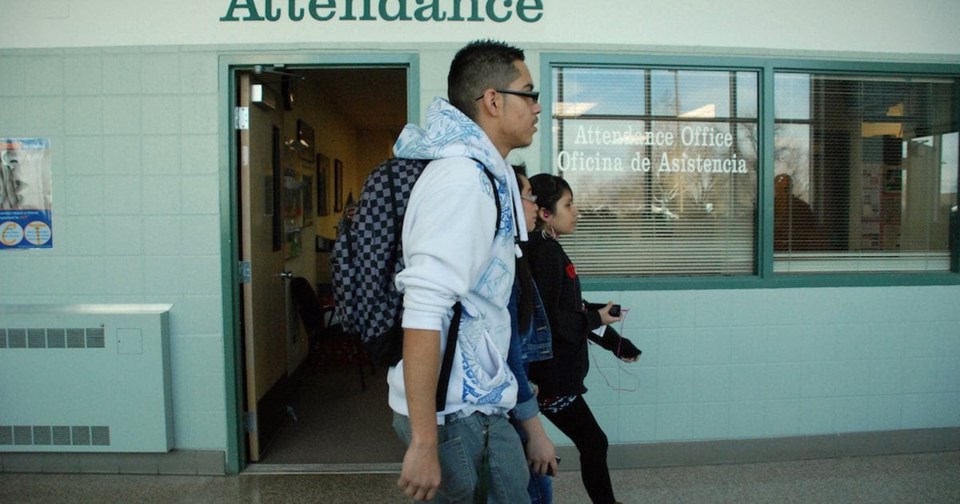This story was originally published by Chalkbeat. Sign up for their newsletters at ckbe.at/newsletters
You might have seen recent headlines about the growing number of kids missing school.
In Colorado, just this fall, state officials said almost a third of students are chronically absent. The number has gone up significantly since the pandemic and schools are struggling to figure out how to get kids to return to classes.
Kids might miss school for a number of reasons, including for work, an illness, a lack of transportation, or to care for younger siblings. Absences also go up near the holidays as families go on vacation and figure a few missed school days can’t hurt.
But, regardless of the reason, research shows consistently missing school can affect a child’s learning. Missed days can add up more quickly than you think. Here’s what you should know:
What’s the big deal? Why is missing school such a problem?
When kids miss school, they miss out on learning opportunities. Just a couple of missed days might mean a child can fall behind on several topics or lessons, and sometimes, there isn’t a good way for them to easily catch up.
Research shows that students who miss a lot of school are more likely to not be able to read on grade level by third grade, and later on are more likely to fail classes and drop out of school.
“Attendance matters and being engaged in learning matters,” said Johann Liljengren, director of dropout prevention and student reengagement at the Colorado Department of Education.
Schools also stress attendance when Count Day comes up in October. Students must be enrolled and present in school during the window, so they can be counted and so the school receives state money for that student.
So, how many missed school days are too many?
The research that links bad outcomes to missing school usually looks at students missing just 10% of school time.
In Colorado, that would mean about two days a month, or about one day every other week. Over the course of the school year, that would add up to missing a whole month of school.
And in schools where classes are only four days per week, it’s even easier to reach that 10% of missed time.
What is chronic absenteeism?
A student who is missing 10% of school time is considered chronically absent.
The state tracks percentages of how many students are chronically absent in a school or district. It’s a measure that can signal inequities among different groups of students and can be a red flag that shows students need more support.
But what if the absences are excused?
In short, it doesn’t matter. When research looks at school absences, both excused and unexcused missed days still have the same results because students are missing new lessons either way.
When the state counts who is chronically absent, it also doesn’t matter if those absences are excused or unexcused.
Can children or parents end up in court over missed school?
It can happen. In this case, whether an absence is excused or not does matter.
State law says that a school district can identify a student as “truant” when they have more than 10 unexcused absences in the year, or four in a month. The law doesn’t say that students have to be sent to truancy court, and many school districts will try sending parents warnings and will try to help find other solutions first.
If you get a letter from your school saying that your child is at risk of being designated as truant, the best thing to do is to talk to your school. Not communicating could lead schools to think the issue isn’t being taken seriously and to involve the courts.
I need help or I want to talk about my case with someone. Who can help?
Your first stop should be your child’s school. It will be important to talk through the barriers for your child to attend school every day. The school can then point to services within or outside of the school that might help.
For example, schools might connect a student to tutoring if they aren’t in school because they feel like they’re struggling, or might connect a family to services if the problem is related to issues with housing or health care.
Some schools have had creative solutions including pairing students so they can walk to school with a buddy who can hold them accountable, and make them feel safer than being alone.
Yesenia Robles is a reporter for Chalkbeat Colorado covering K-12 school districts and multilingual education. Contact Yesenia at [email protected].
Chalkbeat is a nonprofit news site covering educational change in public schools.


